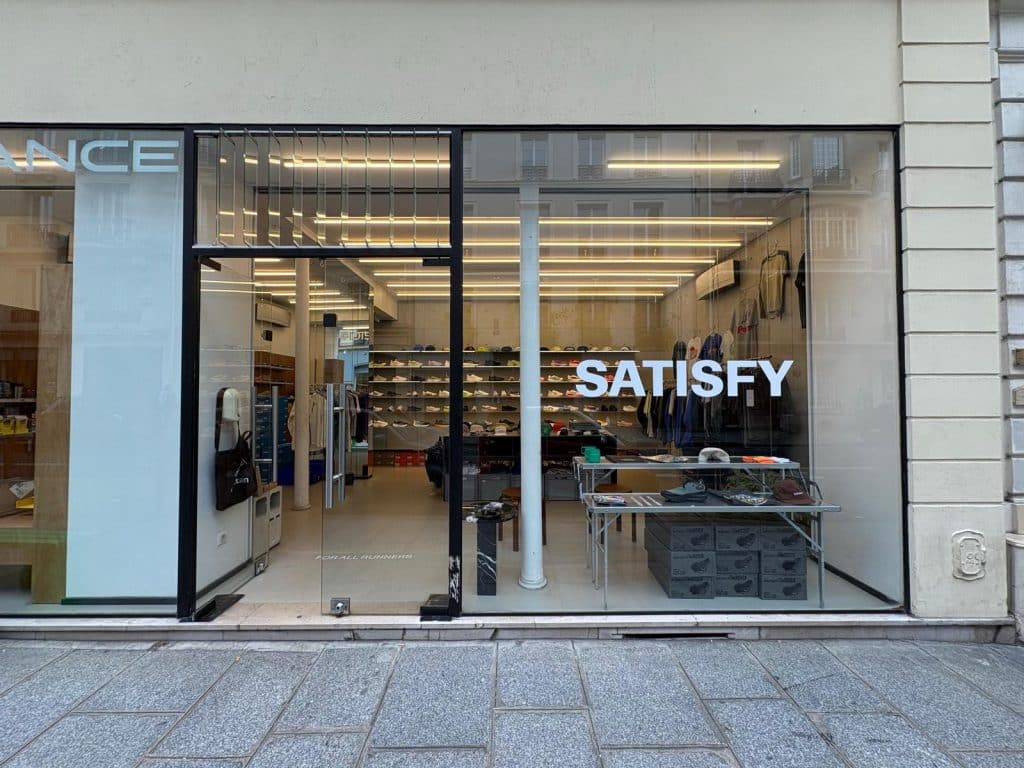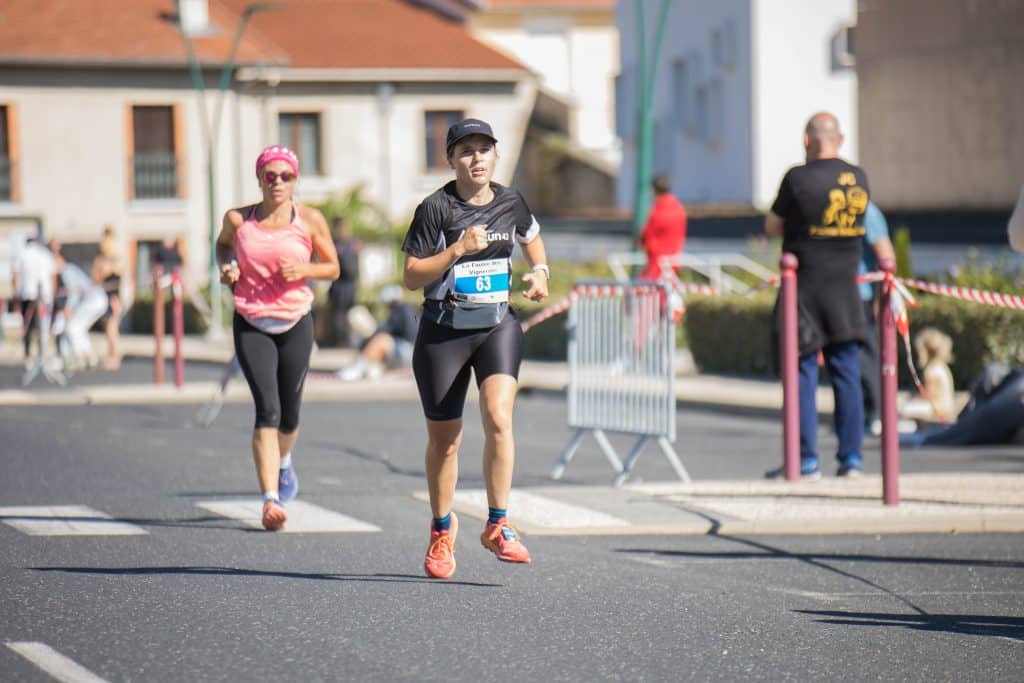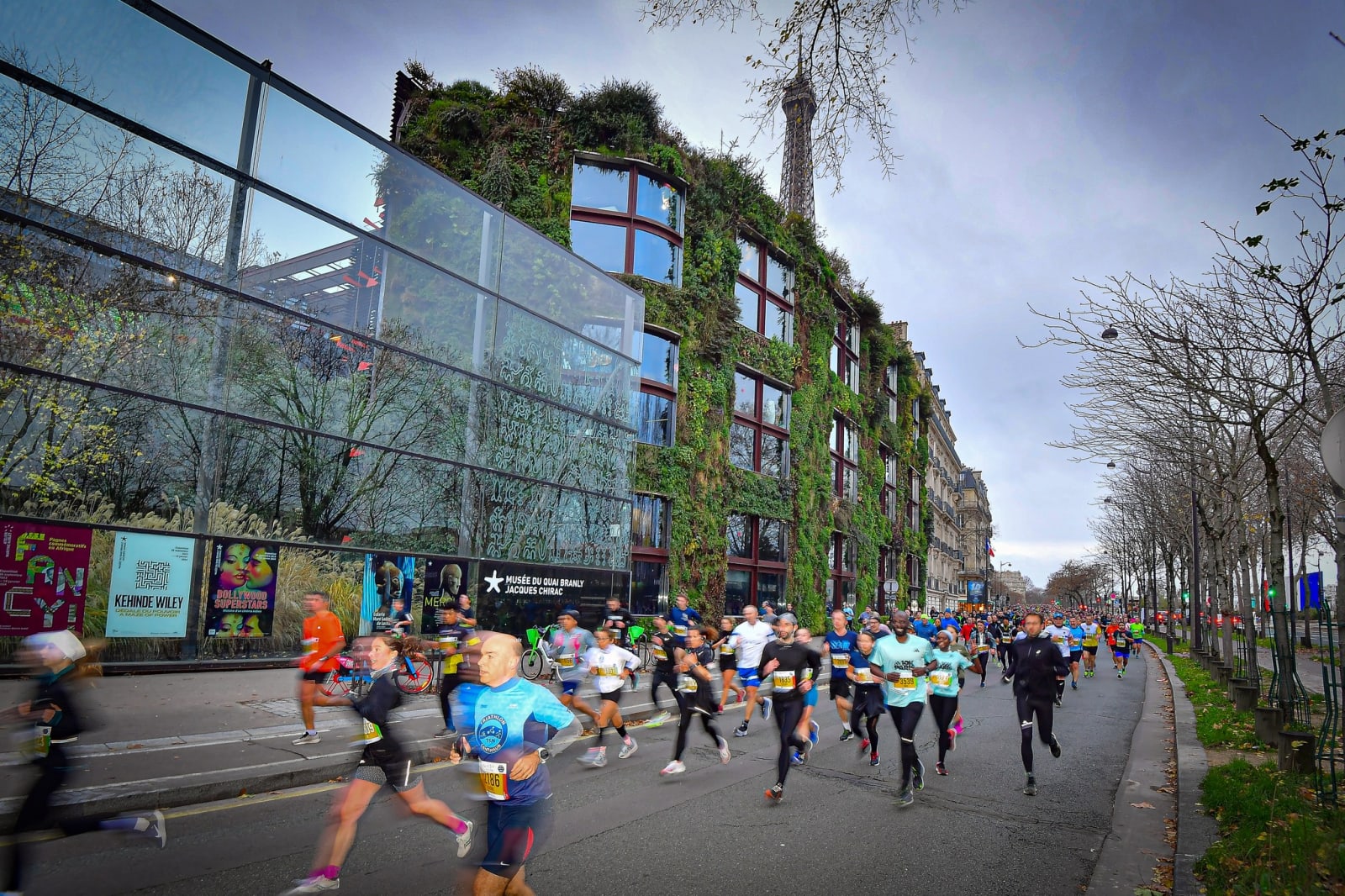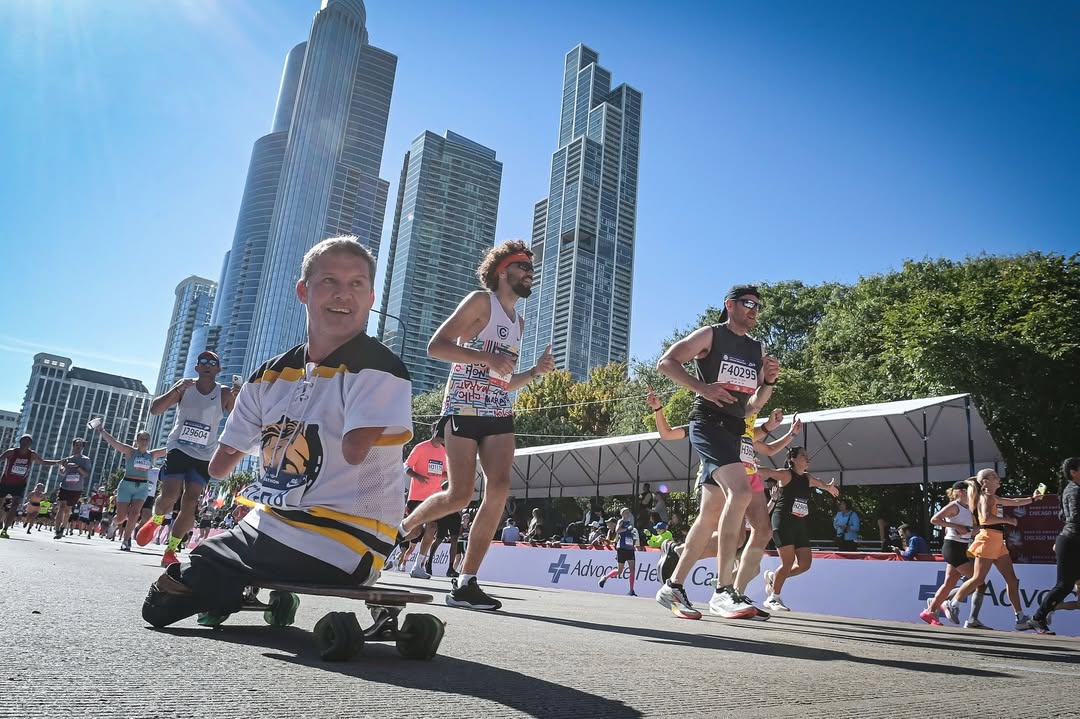Is running a passion that comes at a high price ?
The growing popularity of running is no longer in question. Races are popping up everywhere, bibs sell out in minutes, brands are booming, and influencers are lacing up their sneakers. Running is no longer just a pastime, it has become a true lifestyle. And with this surging enthusiasm, expenses are rising too.
In 2024, 12.4 million French people run regularly, and two out of three of them run at least three times a week. As the country’s fourth favorite sport, running has entered a new dimension, becoming a mass activity that now surpasses football in market value (source: Running Observatory 2025 “A Booming Market” by Virgile Caillet).
In this context, athletes place particular importance on their equipment, the races they choose, and everything related to their training. This social phenomenon is driving prices upward, fueled by ever-growing demand.
| An average spending basket of €524
The average spending basket amounts to €524, driven upward mainly by shoes, the core of the investment. “A good model suited to one’s profile and practice is essential,” emphasizes Lionel Jagorel, manager of the Lyon-based store Distance, which also has locations in Paris and Copenhagen. A multi-brand running specialist “for all runners,” the store caters to all types of athletes, from beginners to seasoned competitors. Each product is carefully tested and approved by the team of runners. This authentic, modern, and aesthetically minded approach attracts a diverse clientele.
“Wearing football shorts and a cotton T-shirt doesn’t stop you from performing well. Conversely, it’s possible to spend a lot to get the best shoes, the nicest outfit, or the latest watch. It’s a sport that can be inexpensive, but also very expensive. For me, the minimum amount needed to get equipped is €150, the price of a pair of running shoes.”
Lionel Jagorel, manager of the Distance store in Lyon

| Footwear, the primary source of investment
In 2024, the average price of a pair of running shoes was €131, which is €26 more than in 2019. Nine million pairs were sold in France last year. At the Lyon-based store, entry-level shoes have risen from €120 in 2018 to €140, premium models are approaching €220, and some have reached staggering prices, up to €500 for the Adidas Adizero Adios Pro Evo 1. Prices that would have been unthinkable not long ago.
“What has changed the most in terms of equipment cost is footwear. Since it’s the basic piece of gear, it naturally leads to higher spending — if you’re willing to spend a bit more on shoes, you’re also likely to invest more in a nice T-shirt or a pair of shorts,” explains the manager of Distance.
The major historical players (Nike, Asics, Adidas) remain the most popular choices, especially when it comes to footwear. “However, in terms of apparel and accessories, these established brands are being challenged by new companies that are arriving with more boldness and a different set of codes,” the specialist explains.

| The price of comfort
Everyone agrees: the cost of shoes carries significant weight. Sarah Fournerie, a new runner since last year, trains with a club three times a week and spends nearly €1,000 a year on her passion. She owns several pairs of shoes depending on the type of running — trail or road — and emphasizes, “Having the right gear helps prevent injuries. I pay close attention to what I wear on my feet. When it comes to clothing, I keep it simple. I still use my football outfits, and I have my hydration vest for trail runs and my belt for road races.”

This simplicity is shared by Yann Grangeon, a triathlete and runner since 2016, who spends around €700 a year on the sport. When it comes to clothing, he keeps it to a minimum: his club singlet and race T-shirts. “Before, I had one or two pairs of shoes for everything. Now, I have three that I replace every year — for easy runs, workouts, and competitions. I keep my carbon shoes for races, for economic, durability, and environmental reasons.” That adds up to €400–500 a year just for shoes, not counting spikes and pairs for track and trail, which last for years.
The triathlete admits that it has become difficult to stay competitive without spending a significant amount of money. “The cost of carbon shoes is enormous. Not everyone can afford to wear them during training, even though the impact of these models on performance is far from negligible.”

| The benefits of high-level competition
A habit shared by other enthusiasts, such as Alix Vermeulen, a national-level athlete. She uses only two pairs of shoes for all her training runs and saves her carbon shoes for the days leading up to a race or for the race itself. Her level allows her to benefit from certain advantages. “I always buy Brooks shoes at €120 a pair. As for carbon models, I get them for free — for instance, when I pace a major race. I’ve received enough pairs that I don’t need to buy any myself for a while, and when I do, I use discount codes to pay less.”
The middle-distance runner doesn’t spend much and wears T-shirts she wins at races. A road specialist, she estimates her yearly expenses at €500. The Paris-based athlete enjoys “treating herself from time to time” by buying clothing from the brand Lululemon. “It’s an expensive brand but good quality — the leggings stay in place, the design is neat, and they’re durable products I don’t have to replace often. I’m willing to pay more if the quality is better,” she explains, adding that she likes to feel well-dressed when she trains.

| Running frenzy
The profile of running enthusiasts is changing, observes Lionel Jagorel. They are younger, more numerous, often beginners who come from other sports such as football. Running is easier to fit into a busy schedule after studies. The fashion effect, social media, and major events all help maintain the trend. “Since we opened our store, this frenzy hasn’t slowed down. There are waves — Covid, the Olympics — but the enthusiasm never fades.”
This momentum goes hand in hand with an increase in average spending, reinforced by the emergence of high-end brands that don’t seem to deter customers. “We also sell very expensive gear. Some people come in looking for an outfit worth €1,000. Before, there were no products priced that high.” According to the specialist, some runners are drawn to luxury purchases, while others remain skeptical about such prices. “I think we’ve reached a limit, a ceiling — prices won’t go up any further.”
| Running as a lifestyle… and a way of consuming
Running is also about expressing a style. Performance products are being repurposed and worn beyond the track, becoming part of everyday life. Running as a matter of style is gaining ground. ON joggers, Nike Trail caps, Satisfy T-shirts — enthusiasts proudly display their identity to stand out. “Running has become a lifestyle,” says the store manager. “People like others to immediately recognize that they’re runners. There’s no compromise on performance or comfort, but customers also want to look good.”
Brands in the sector are competing in creativity and innovation to attract customers who care as much about appearance as they do about performance. With new collections and increasingly refined products, it’s hard not to give in to temptation. Events, expos, and races are taking on a new dimension.
Alix Vermeulen has been attending the UTMB week in Chamonix for several years and has noticed the changes. From just a few brands focused on trail and mountaineering at the start, now every major company is present, opening pop-ups to promote their latest releases. “A real change,” says the athlete. “There are more and more people, influencers, consumers. It feels like giving in to every new product has become normal, as if everyone could afford it.” The Parisian admits being drawn to new products but keeps herself in check. “When I see how many T-shirts I already have, I only buy something when I actually need it.”
| The race for bibs
Race bibs are in high demand. In Nice, the legendary Prom’Classic sold out its 15,000 spots in just three days, while the 20 km of Paris was fully booked months in advance, despite its €67 entry fee. “Some people spend more than €10,000 to run the New York Marathon, for instance,” notes Lionel Jagorel. A few years ago, the enthusiast could still find bibs for friends for almost any race. That’s no longer possible — bibs have become scarce. It’s a growing phenomenon, yet it doesn’t seem to dampen anyone’s enthusiasm. These days, runners have to plan their race calendar well in advance and avoid hesitating too long.
“Some races are very affordable, others not so much. When the bib is a bit expensive and you have to register well in advance, you think twice — you wonder if you’ll actually be able to take part. I signed up for the 24 km at the Sainté-Lyon, and looking back, I would have rather done the 42 km. I couldn’t register for the St. Jacques by UTMB this summer — it’s already sold out.”
Sarah Fournerie, beginner runner
Triathlete Yann Grangeon has already given up running the 10 km Prom’Classic and the Barcelona Half Marathon because the total cost was too high, even though he feels that race fees are still much lower than those for triathlons. “There are plenty of well-known races with reasonable entry fees, but flagship events, like trail runs, are often more expensive.”
National- and international-level athletes can benefit from free bibs thanks to their ranking. Alix Vermeulen has recently reached that level. The seasoned runner doesn’t hesitate to email race organizers to request an entry without a registration fee. “It usually works. It’s a way to save money, but not everyone is in that position. It’s a real shift, especially since running is becoming more and more popular, so people are willing to pay for bibs even if they’re expensive and even if they’re not sure they’ll be able to participate — there are really no limits anymore.”
However, with a personal best of 33:44 over 10 km, the athlete is often forced to travel far from Paris to find strong competition and fast, flat courses. In 2024, her weekend at the Prom’Classic cost her more than €200. “It’s quite an investment for a thirty-minute run, but everyone seems willing to do it.”
Running is a way of life — sometimes a matter of performance, well-being, or pushing one’s limits, and often a question of style. In a society where enthusiasm for running has grown significantly, the issue of equipment has become crucial. Race bibs have turned into coveted treasures. While some runners prefer to keep their spending in check, others fully embrace their desire to get the latest gear. Every runner has their own stride — and their own budget.
➜ Discover the marathon calendar

Emma BERT
Journaliste



